

Articles
Why Do People Hug Pillows
Modified: May 6, 2024
Discover the reasons why people hug pillows and the benefits of this comforting gesture in our insightful articles.
(Many of the links in this article redirect to a specific reviewed product. Your purchase of these products through affiliate links helps to generate commission for Storables.com, at no extra cost. Learn more)
Introduction
Have you ever wondered why people hug pillows? It may seem like a peculiar habit, but there are actually psychological reasons behind this behavior. Hugging pillows is a way for individuals to seek comfort, alleviate stress, and experience a sense of security.
Humans have a natural need for physical touch and comfort. Whether it’s receiving a warm hug from a loved one or curling up with a soft and cuddly pillow, these acts provide a sense of solace and reassurance. A pillow represents an inanimate object that can offer the comfort and support that humans yearn for.
In this article, we will delve into the psychological aspects of pillow hugging. We will explore the various reasons why people engage in this behavior, the possible symbolism behind it, and the impact it has on our emotional well-being.
Key Takeaways:
- Pillow hugging serves as a powerful coping mechanism, providing comfort, emotional support, and stress relief. It fulfills our innate need for physical touch and offers a tangible source of solace and reassurance.
- Pillow hugging transcends cultural boundaries and gender differences, addressing a range of psychological needs. Whether for self-soothing, emotional connection, or sleep enhancement, it remains a valuable tool for finding comfort and emotional support.
Read more: Why Do People Have Body Pillows
The Psychological Need for Physical Comfort
Humans have an innate need for physical comfort and touch. It’s a fundamental aspect of our well-being, as it helps to fulfill our emotional and psychological needs. Physical touch releases feel-good hormones like oxytocin, which promotes relaxation and reduces stress. However, not everyone has easy access to human touch or may feel uncomfortable seeking it out.
This is where pillows come into play. Pillows provide a tangible source of comfort that can be readily accessible whenever needed. Hugging a pillow offers a substitute for human touch, allowing individuals to experience the warmth and support they desire.
Furthermore, physical comfort plays a crucial role in regulating our emotions. Research has shown that when we feel physically comfortable, our stress levels decrease, and our overall well-being improves. By hugging a pillow, we can create a sense of safety and security, which helps us relax and enhances our emotional stability.
It’s also important to note that physical comfort is closely linked to our ability to sleep. A comfortable sleeping environment is crucial for a good night’s rest. Hugging a pillow can provide the added support and comfort needed to promote deep sleep and minimize sleep disruptions. This, in turn, contributes to our overall mental and physical health.
Overall, the psychological need for physical comfort is a fundamental aspect of our well-being. While human touch is the ideal source of comfort, pillows serve as a reliable substitute, offering physical solace and emotional support.
The Role of Pillows in Providing Comfort
Pillows play a significant role in providing comfort and support for individuals, both physically and emotionally. They are designed to cushion and cradle our heads, necks, and bodies, ensuring proper alignment and relieving pressure points. This physical support contributes to a more comfortable and restful sleep experience.
When we hug a pillow, we not only receive physical comfort but also psychological comfort. The softness and familiarity of a pillow can evoke feelings of safety and relaxation. It creates a sense of coziness and security, which can be especially beneficial for individuals who struggle with anxiety or find it challenging to relax.
Pillows also act as a transitional object, much like a security blanket or a favorite stuffed animal. Transitional objects provide a sense of comfort and familiarity, offering a source of emotional support and stability. Hugging a pillow can invoke a similar feeling, providing a sense of connection and emotional well-being.
In addition to their physical and emotional comfort, pillows can also have a sensory impact. The texture and scent of a pillow can enhance the overall experience, contributing to a more soothing and calming environment. Some people find specific materials or scents particularly comforting, such as memory foam pillows or lavender-scented pillows.
Furthermore, pillows can serve as a symbolic representation of intimate relationships. For those who long for physical closeness or companionship, hugging a pillow can provide a way to fulfill that need, even if temporarily. It can create a sense of connection and intimacy, helping individuals feel less alone.
Overall, pillows play a vital role in providing both physical and emotional comfort. They offer support for our bodies, promote relaxation and a sense of security, and can even fulfill our need for intimacy and companionship.
The Symbolism of Hugging Pillows
Beyond the physical and emotional comfort they provide, hugging pillows can also hold symbolic meanings for individuals. The act of hugging a pillow can represent various emotions, desires, and needs.
One common symbolism of hugging pillows is the desire for emotional support. Our pillows become a metaphorical shoulder to lean on when we are feeling down or overwhelmed. They become a safe space where we can seek solace and find comfort during difficult times. The simple act of hugging a pillow can serve as a reminder to ourselves that we are not alone and that there is always someone or something that cares for us.
In some cases, hugging pillows can symbolize longing or missing someone. When we hug a pillow tightly, it may represent the desire for physical closeness and intimacy with a loved one who is far away. It can provide a sense of connection and warmth, even in their absence.
Another symbolic representation of hugging pillows is the need for self-comfort and self-soothing. Sometimes, individuals turn to pillows when they are experiencing anxiety, stress, or sadness. Hugging a pillow can be a self-soothing mechanism, allowing individuals to regulate their emotions and find a sense of calmness and security within themselves.
Additionally, hugging pillows can also serve as a form of self-care. Taking the time to embrace a soft and comfortable pillow can be a way to prioritize one’s emotional well-being. It becomes a ritual of self-care and self-nurturing, providing a moment of relaxation and self-reflection.
Overall, the symbolism of hugging pillows is subjective and can vary from person to person. Whether it represents emotional support, longing, self-comfort, or self-care, hugging pillows can serve as a powerful symbol of our emotional needs and desires.
Factors That Influence Pillow Hugging Behavior
Pillow hugging behavior can be influenced by a variety of factors. These factors can vary from individual to individual, and understanding them can provide insights into why people engage in this behavior.
1. Childhood experiences: Childhood experiences and attachment styles can influence pillow hugging behavior. Individuals who had secure attachments and received physical comfort and affection from caregivers may be more likely to seek out comfort through hugging pillows in adulthood.
2. Personality traits: Personality traits such as introversion, sensitivity, and anxiety can contribute to pillow hugging behavior. Introverts may find comfort in hugging pillows as a way to recharge and find emotional solace in their alone time. Sensitive individuals may use pillow hugging as a coping mechanism to regulate their emotions, while those with anxiety may find it soothing and calming.
3. Emotional state: Pillow hugging behavior may be influenced by an individual’s emotional state. During times of stress, sadness, or loneliness, hugging a pillow can provide a sense of comfort and relief. It can become a coping mechanism to alleviate negative emotions and promote a sense of well-being.
4. Sleep quality: The quality of sleep can also influence the frequency of pillow hugging. Individuals who struggle with sleep disturbances, such as insomnia or restless sleep, may find comfort in hugging a pillow to ease their discomfort and promote relaxation for a better night’s rest.
5. Cultural influences: Cultural factors can also play a role in pillow hugging behavior. In some cultures, hugging pillows is seen as a common practice and is even encouraged for its benefits on sleep and emotional well-being.
6. Personal preference: Ultimately, personal preference plays a significant role in pillow hugging behavior. Some individuals simply find comfort and enjoyment in hugging pillows, regardless of specific factors or influences. It may be a personal preference that brings them a sense of comfort and emotional support.
Understanding the factors that influence pillow hugging behavior can shed light on why individuals engage in this behavior and its significance to their emotional well-being.
Read more: Why Do Some People Karate Chop Pillows
The Connection between Pillow Hugging and Stress Relief
Pillow hugging has been found to have a significant connection with stress relief. Many individuals turn to hugging pillows as a coping mechanism to alleviate stress and promote relaxation. The act of hugging a pillow provides a sense of comfort, security, and emotional support, which can help reduce the impact of stress on our bodies and minds.
One reason why pillow hugging is effective in stress relief is its ability to activate the parasympathetic nervous system. When we hug a pillow, our bodies experience deep pressure stimulation, which triggers a relaxation response. This promotes the release of hormones like oxytocin, also known as the “cuddle hormone,” which promotes a sense of calmness and well-being. The physical comfort provided by hugging a pillow helps to counteract the physiological effects of stress, such as increased heart rate and elevated cortisol levels.
Furthermore, pillow hugging can help individuals regain a sense of control over their emotions. During times of stress, we may feel overwhelmed and uncertain. Hugging a pillow provides a tangible object that we can hold onto, offering a sense of stability and grounding. It allows us to redirect our focus from external stressors to internal comfort, helping us regain a sense of control and self-soothe.
Moreover, pillow hugging can be a form of emotional release. When we are stressed, we may experience pent-up emotions that need an outlet. Hugging a pillow allows us to express and channel those emotions in a safe and non-judgmental way. It provides a means of releasing tension and anxiety, helping us feel lighter and more relaxed.
In addition, pillow hugging can promote better sleep, which is crucial for stress relief. When we are stressed, our sleep quality often suffers, leading to a vicious cycle of increased stress and poor sleep. Hugging a pillow can create a comforting sleep environment, enhancing our ability to fall asleep faster and experience deeper, more restful sleep. This, in turn, reduces stress levels and improves our overall well-being.
Overall, the connection between pillow hugging and stress relief is undeniable. It offers a tangible and accessible method for individuals to find comfort, relaxation, and emotional support in the face of stress. By hugging a pillow, we can effectively manage stress and promote a greater sense of well-being.
The Relationship between Pillow Hugging and Loneliness
Pillow hugging can be closely tied to the experience of loneliness. Loneliness is a complex emotional state that arises when an individual feels disconnected or lacks meaningful social connections. When people feel lonely, they often seek ways to fulfill their need for companionship and intimacy. Pillow hugging can serve as a temporary solution to alleviate feelings of loneliness and create a sense of comfort and connection.
When individuals hug pillows, they can experience a sense of physical closeness and emotional support that may temporarily alleviate feelings of loneliness. The act of hugging a pillow provides a form of intimacy, even if it is with an inanimate object. It can help individuals feel less alone by providing a sense of presence and comfort when no other human companionship is available.
For some individuals, pillow hugging serves as a transitional object. Transitional objects are items that provide comfort and security, especially in times of stress or loneliness. The pillow becomes a symbolic substitute for human touch and companionship, offering a temporary sense of connection.
In addition, pillow hugging can also serve as a coping mechanism for those struggling with chronic loneliness. Loneliness can be a persistent feeling that affects individuals’ emotional well-being and overall quality of life. Hugging a pillow can provide a daily dose of comfort and emotional support, helping individuals manage their feelings of loneliness and create a sense of solace.
It’s important to note that pillow hugging should not be a long-term replacement for human interaction or addressing underlying feelings of loneliness. It can be a temporary measure to provide comfort in the absence of social connections. Seeking meaningful relationships and engaging in social activities is essential for addressing and overcoming chronic loneliness.
Overall, the relationship between pillow hugging and loneliness is rooted in the human need for connection and companionship. While it may provide temporary relief, it is crucial to address the underlying causes of loneliness and actively seek out meaningful social interactions to cultivate a sense of belonging and well-being.
Tip: Hugging a pillow can provide comfort and a sense of security, as it mimics the feeling of being hugged by another person. This can help reduce stress and promote relaxation.
Psychological Explanations for Pillow Hugging
There are several psychological reasons why individuals engage in pillow hugging. This behavior serves various psychological needs and can be attributed to several underlying factors.
1. Comfort and Security: Pillows provide a physical and emotional sense of comfort and security. Hugging a pillow can activate the release of oxytocin, a hormone associated with feelings of relaxation and bonding. This act of hugging a pillow can simulate the comfort and reassurance that human touch provides, offering a sense of safety and emotional well-being.
2. Coping Mechanism: Pillow hugging can serve as a coping mechanism for managing stress, anxiety, and other negative emotions. The act of hugging a pillow can provide a soothing and calming effect, helping individuals regulate their emotions and find a sense of comfort and relief. It can also serve as a distraction from distressing thoughts or situations.
3. Self-Soothing and Self-Nurturing: Hugging a pillow can be a form of self-soothing and self-nurturing. It allows individuals to provide themselves with the care and comfort they may be seeking. Pillow hugging can be a way to practice self-care and create a moment of relaxation and emotional support.
4. Attachment and Emotional Connection: Hugging a pillow can symbolize the desire for emotional connection and attachment. It can serve as a substitute for human touch and companionship, particularly for those who may be experiencing feelings of loneliness or longing. The pillow becomes a surrogate object that represents emotional support and intimacy.
5. Habit and Familiarity: Pillow hugging can also be a learned behavior or a habit that individuals develop over time. If an individual has engaged in this behavior during childhood or at times of comfort and rest, it can become a familiar and soothing ritual that they continue into adulthood.
6. Sleep Enhancement: Hugging a pillow before or during sleep can have psychological benefits related to sleep quality. The physical support and comfort provided by hugging a pillow can promote relaxation, reduce stress, and create a conducive environment for better sleep. This, in turn, contributes to overall psychological well-being.
It is important to note that pillow hugging itself is not indicative of any psychological disorder or abnormality. It is a common behavior that emerges from our innate need for comfort and emotional support. However, if pillow hugging becomes an excessive or compulsive behavior that interferes with daily functioning, it may be beneficial to seek professional help to understand and address any underlying issues.
Overall, the psychological explanations for pillow hugging encompass the fulfillment of comfort and security needs, coping with emotions, self-soothing, seeking emotional connection, and facilitating better sleep quality.
The Impact of Pillow Hugging on Sleep Quality
Pillow hugging can have a significant impact on sleep quality. The physical and psychological benefits of hugging a pillow contribute to creating a conducive sleep environment, promoting relaxation, and improving overall sleep satisfaction.
One way pillow hugging enhances sleep quality is by providing proper support and alignment for the head, neck, and spine. When hugging a pillow, the weight and pressure distribution help to alleviate strain on these areas, reducing the likelihood of discomfort or pain during sleep. This keeps the body in a more ergonomically correct position, allowing for a more restful and uninterrupted sleep.
Furthermore, pillow hugging can contribute to stress reduction and relaxation, enabling individuals to fall asleep faster. Hugging a pillow engages the parasympathetic nervous system, triggering a relaxation response. This helps to lower heart rate, breathing rate, and blood pressure, preparing the body for a deeper and more restorative sleep.
In addition, pillow hugging can reduce sleep disturbances caused by anxiety or restlessness. When we are anxious or restless, it can be challenging to find a comfortable sleep position. Hugging a pillow provides a sense of security and stability, helping individuals feel grounded and settled. This can reduce tossing and turning, allowing for a more peaceful and uninterrupted sleep cycle.
Pillow hugging also enhances emotional well-being, which is closely tied to sleep quality. The comforting sensation of hugging a pillow can soothe negative emotions and promote a sense of relaxation and contentment. This positive emotional state can help individuals fall asleep quicker and experience more refreshing sleep, leading to improved overall sleep quality.
It is worth noting that the type and characteristics of the pillow can influence the impact on sleep quality. The right pillow should provide adequate support, be comfortable, and align with individual preferences. Factors such as pillow material, firmness level, and shape should be considered to maximize sleep benefits.
Overall, pillow hugging can have a positive impact on sleep quality. It promotes proper alignment, reduces sleep disturbances, induces relaxation, and enhances emotional well-being, all of which contribute to a more restful and rejuvenating sleep experience.
Read more: Why Do People Eat Grass
Coping Mechanisms and Pillow Hugging
Coping mechanisms are strategies and behaviors that individuals employ to manage and navigate challenging or stressful situations. Pillow hugging can serve as a coping mechanism, providing comfort, emotional support, and a sense of relief during times of stress or difficulty.
When faced with stressful situations, individuals may turn to pillow hugging as a means of self-soothing and emotional regulation. The act of hugging a pillow can create a sense of calmness and security, helping to reduce anxiety, tension, and other negative emotions.
Pillow hugging offers a physical form of comfort and support. The act of squeezing or snuggling a pillow activates the release of oxytocin, a hormone associated with feelings of relaxation and bonding. This hormone helps to counteract the physiological effects of stress, such as increased heart rate and elevated cortisol levels, promoting a state of calmness and well-being.
In addition to the physical aspects, pillow hugging can also provide a psychological sense of relief. The act of hugging a pillow provides a focus point for redirecting thoughts and attention, offering a distraction from stressors and intrusive thoughts. It can serve as a grounding technique that brings individuals back to the present moment and helps them regain a sense of control.
Pillow hugging can also be a form of self-nurturing and self-care. The act of giving oneself comfort and support through hugging a pillow conveys a message of self-compassion and self-validation. It represents an act of taking care of one’s emotional well-being and creating a safe space for self-reflection and emotional release.
Furthermore, pillow hugging can serve as a healthy outlet for emotional expression. During times of distress, individuals may experience a buildup of emotions that need to be released. Hugging a pillow allows for a safe and non-judgmental means of expressing and channeling those emotions, providing a sense of relief and catharsis.
It is important to note that while pillow hugging can be a helpful coping mechanism, it should not be used as a sole approach for managing stress or mental health challenges. It is advisable to combine pillow hugging with other coping strategies such as seeking social support, practicing relaxation techniques, engaging in physical activity, and seeking professional help when needed.
Overall, pillow hugging serves as a coping mechanism by providing comfort, emotional support, and a means of self-soothing. It offers relief from stress, promotes emotional well-being, and can be a valuable tool in managing challenging situations.
Gender Differences in Pillow Hugging Behavior
While pillow hugging is a common behavior observed in individuals of all genders, there can be some differences in how men and women engage in this behavior. These differences may be influenced by societal norms, cultural factors, and individual preferences.
One significant gender difference in pillow hugging behavior is the frequency and openness with which it is displayed. Research suggests that women may be more likely to engage in pillow hugging as a means of seeking comfort and emotional support. They may be more open about their need for physical touch and may find hugging pillows to be a comforting and nurturing practice.
On the other hand, men may be less likely to openly express their need for physical comfort and may not engage in pillow hugging as frequently. Societal expectations and traditional gender roles may play a role in discouraging men from openly displaying behaviors associated with vulnerability and emotional expression.
However, it’s important to note that these differences are not absolute and can vary widely among individuals. There are men who find comfort in pillow hugging and women who may not engage in this behavior at all. It ultimately depends on personal preferences and individual experiences.
Another possible gender difference lies in the emotional significance attached to pillow hugging. Women may be more likely to view pillow hugging as a means of seeking emotional support, connection, and self-soothing. They may associate it with feelings of comfort and security, using it as a coping mechanism for stress relief.
Men, on the other hand, may view pillow hugging more as a physical source of comfort and relaxation. They may embrace the physical support and comfort that a pillow provides, without attaching as much emotional symbolism to the act.
It is worth noting that gender differences in pillow hugging behavior can be influenced by cultural factors as well. Cultural norms and expectations regarding gender roles and emotional expression may shape individuals’ attitudes and comfort levels with pillow hugging.
Overall, while there can be some gender differences in pillow hugging behavior, it is important to understand that these differences are not absolute and may vary among individuals. Each person’s unique experiences, preferences, and cultural context play a significant role in how they engage in and perceive pillow hugging.
Cultural Perspectives on Pillow Hugging
Pillow hugging is a behavior that can be viewed through various cultural perspectives. Different cultures may have unique attitudes, interpretations, and practices surrounding pillow hugging that stem from their beliefs, customs, and societal norms.
In some cultures, pillow hugging is considered a normal and even encouraged practice. For example, in Japan, hugging pillows, also known as “dakimakura,” is quite common. These large, body-sized pillows often feature anime or fictional characters and are embraced for comfort and emotional well-being. It is seen as a way to find solace and relaxation, with no stigma attached to the behavior.
In other cultures, pillow hugging might not be as openly discussed or practiced but may still hold significance in more private settings. Many individuals may engage in pillow hugging as a form of self-comfort or stress relief, but this behavior is not widely acknowledged or talked about on a societal level.
In certain cultural contexts, pillow hugging may be seen as a manifestation of loneliness or longing for emotional connection. It can be viewed as a coping mechanism for individuals who are experiencing solitude or a lack of physical touch. In these cultures, pillow hugging serves as a temporary substitute for human contact, allowing individuals to fulfill their need for companionship or intimacy, even if it is symbolic.
Social and familial influences play a significant role in shaping cultural perspectives on pillow hugging. Cultural norms and familial practices surrounding physical touch, emotional expression, and personal boundaries influence how individuals engage with pillow hugging. Certain cultures may prioritize physical affection and encourage close physical contact, making the act of pillow hugging more acceptable and even encouraged.
It’s important to recognize that cultural perspectives on pillow hugging can vary widely and should be understood within their specific cultural and societal contexts. While some cultures may view pillow hugging as normal and comforting, others may have different attitudes or may not explicitly acknowledge or discuss the practice.
Overall, cultural perspectives on pillow hugging reflect the complex interplay of beliefs, customs, and societal norms surrounding physical touch, emotional expression, and personal comfort. Appreciating and understanding these cultural perspectives can broaden our understanding of diverse practices and their significance in different cultural contexts.
Conclusion
Pillow hugging is a behavior that serves multiple psychological functions and holds significance in various aspects of human experience. It represents our innate need for physical comfort, emotional support, and a sense of security. From providing a source of solace and relaxation to symbolizing emotional connection and self-soothing, pillow hugging addresses a range of psychological needs.
The act of pillow hugging can have a positive impact on both our mental and physical well-being. It can promote stress relief, reduce anxiety, and enhance sleep quality. By activating the release of hormones associated with relaxation, pillow hugging allows us to regulate our emotions and find comfort even in the absence of human touch.
Individuals engage in pillow hugging for various reasons, influenced by factors such as childhood experiences, personality traits, emotional state, and cultural perspectives. It can serve as a coping mechanism, a form of self-care, or a symbolic representation of emotional connection and intimacy.
While there may be gender differences in the frequency and openness of pillow hugging behavior, it is a practice that transcends cultural boundaries. Different cultures may have unique perspectives on pillow hugging, either openly embracing it or viewing it as a more private and personal act. Understanding these cultural perspectives broadens our appreciation for the diversity of human experiences.
In conclusion, pillow hugging is a complex and multifaceted behavior that fulfills our psychological need for physical comfort, emotional support, and a sense of security. Its impact on stress relief, emotional well-being, and sleep quality highlights its importance in our daily lives. Whether we hug pillows for temporary relief, as a form of self-soothing, or as a symbol of emotional connection, it remains a valuable tool for finding comfort, relaxation, and emotional support.
Next time you find yourself reaching out for a pillow to hug, remember that you are fulfilling a fundamental human need, seeking solace, and nurturing your emotional well-being. Embrace the comfort, release your stresses, and let the pillow be your companion on your journey towards better well-being.
Curious about other ways to unwind and manage stress? Consider wrapping yourself in the soothing warmth of an infrared sauna blanket, designed specifically for relaxation and stress relief. As you've learned about the comfort of pillow hugging, extending those calming practices with innovative solutions can further enhance your well-being. Dive into our detailed discussion on how these special blankets can help soothe your mind and body after a long day.
Frequently Asked Questions about Why Do People Hug Pillows
Was this page helpful?
At Storables.com, we guarantee accurate and reliable information. Our content, validated by Expert Board Contributors, is crafted following stringent Editorial Policies. We're committed to providing you with well-researched, expert-backed insights for all your informational needs.
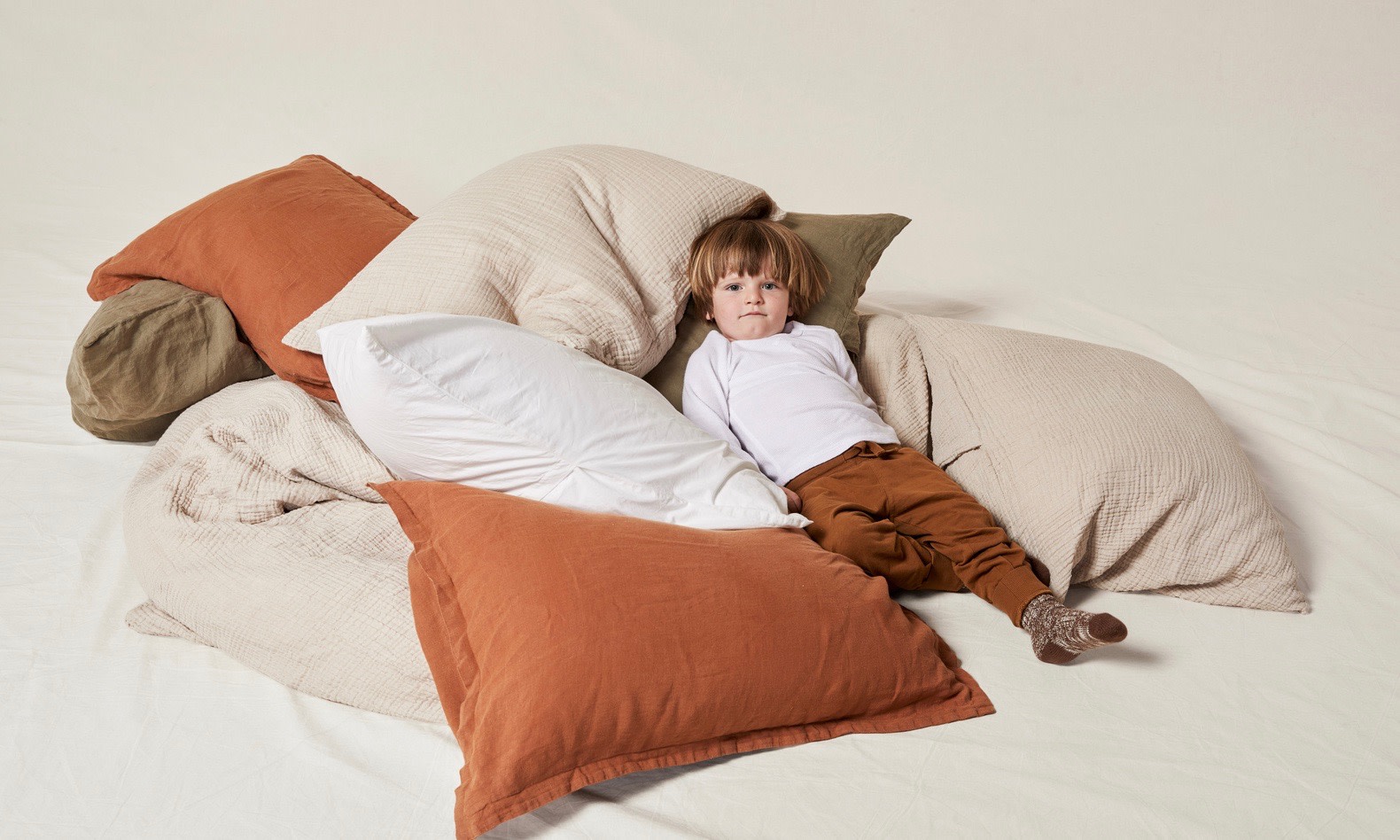
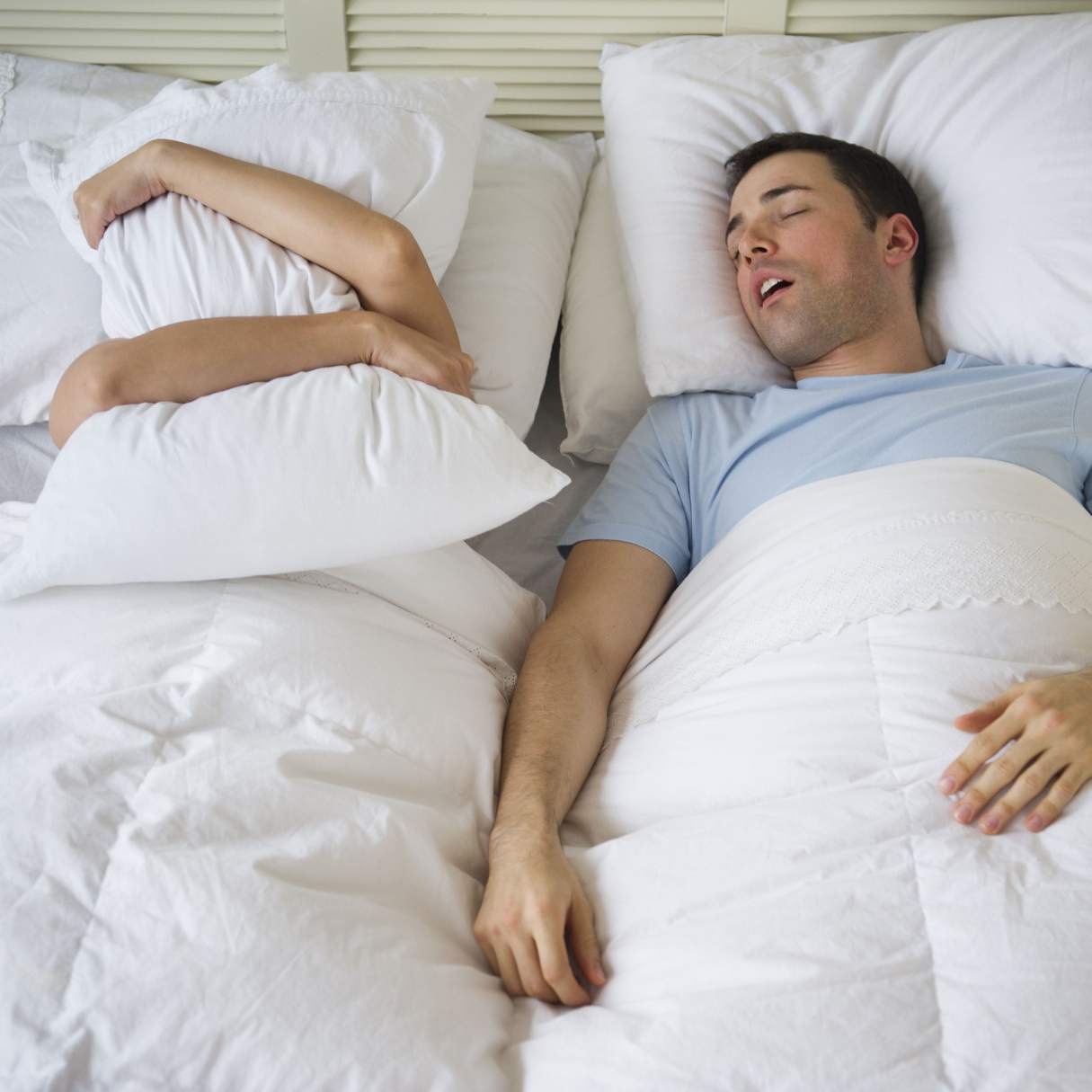


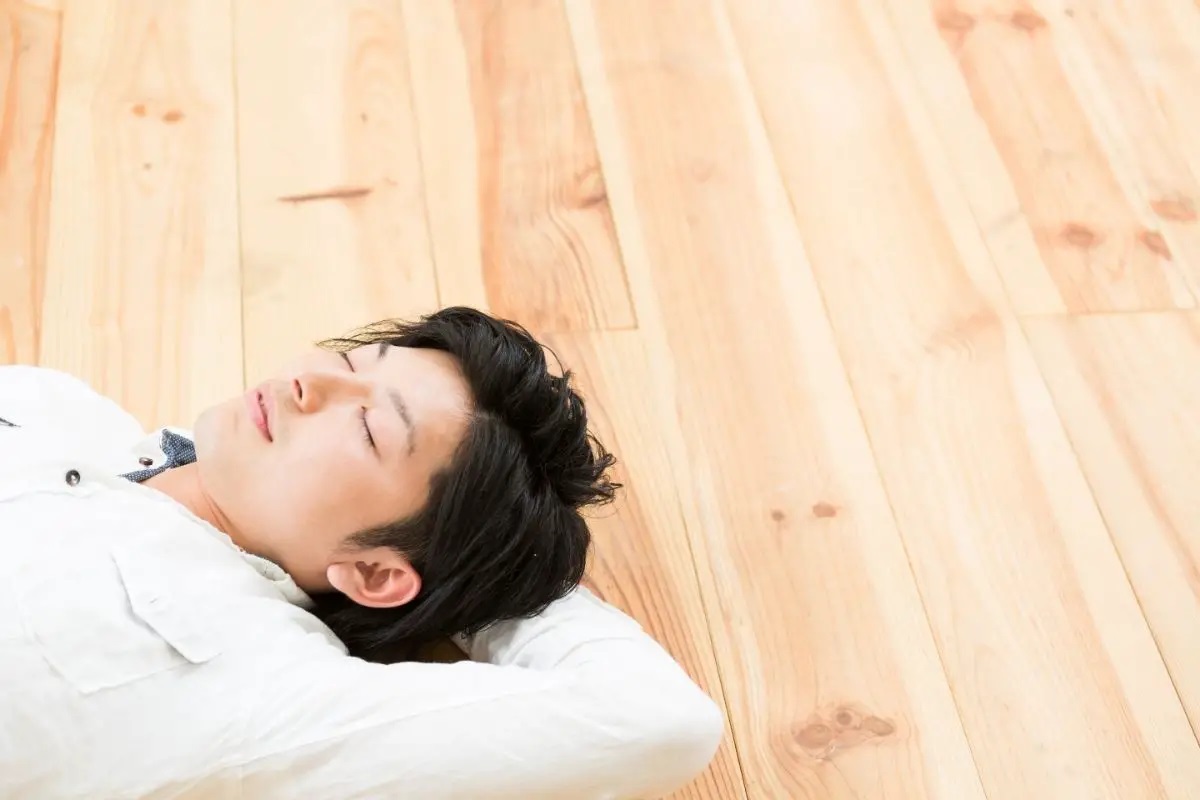



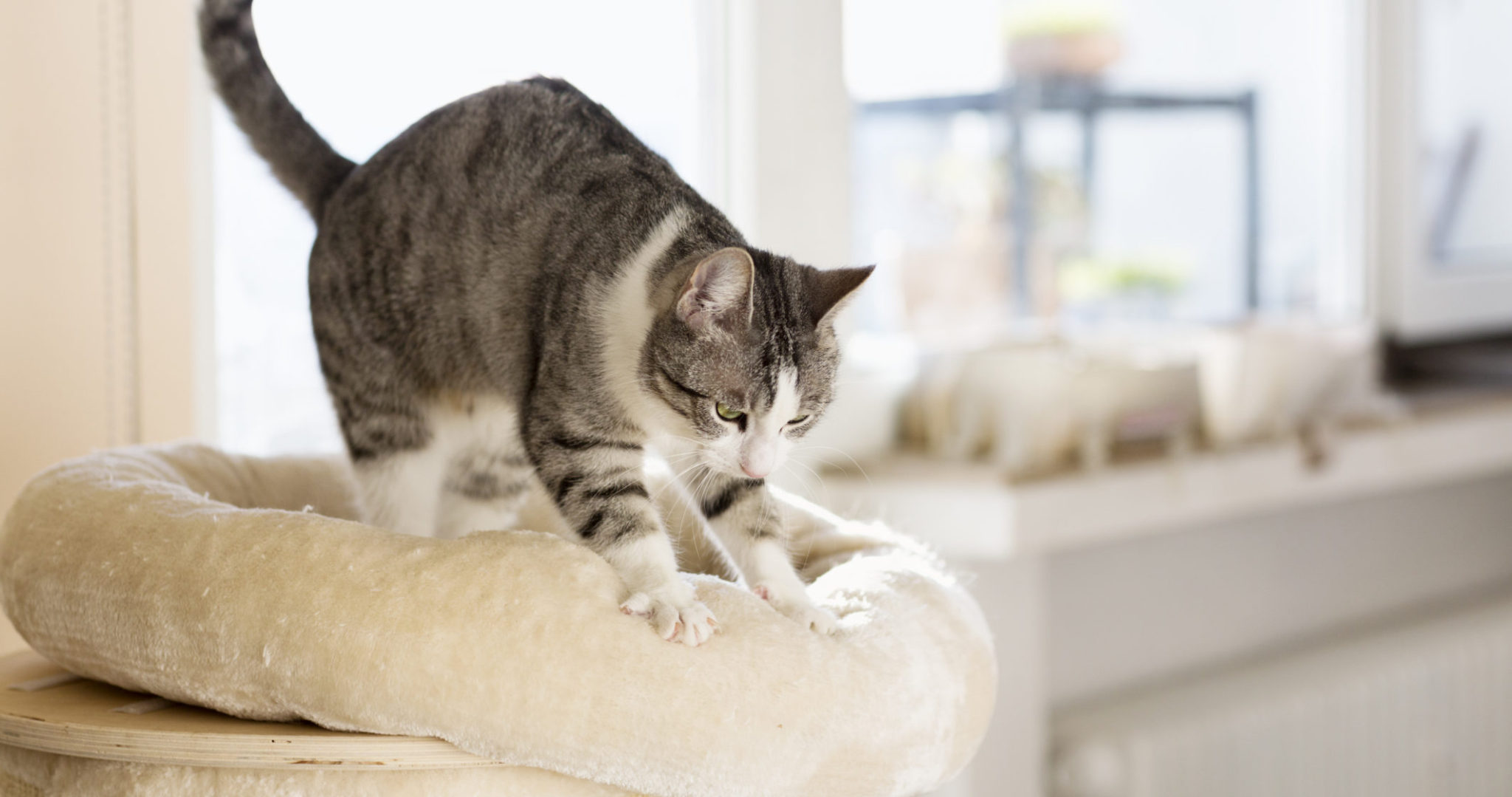
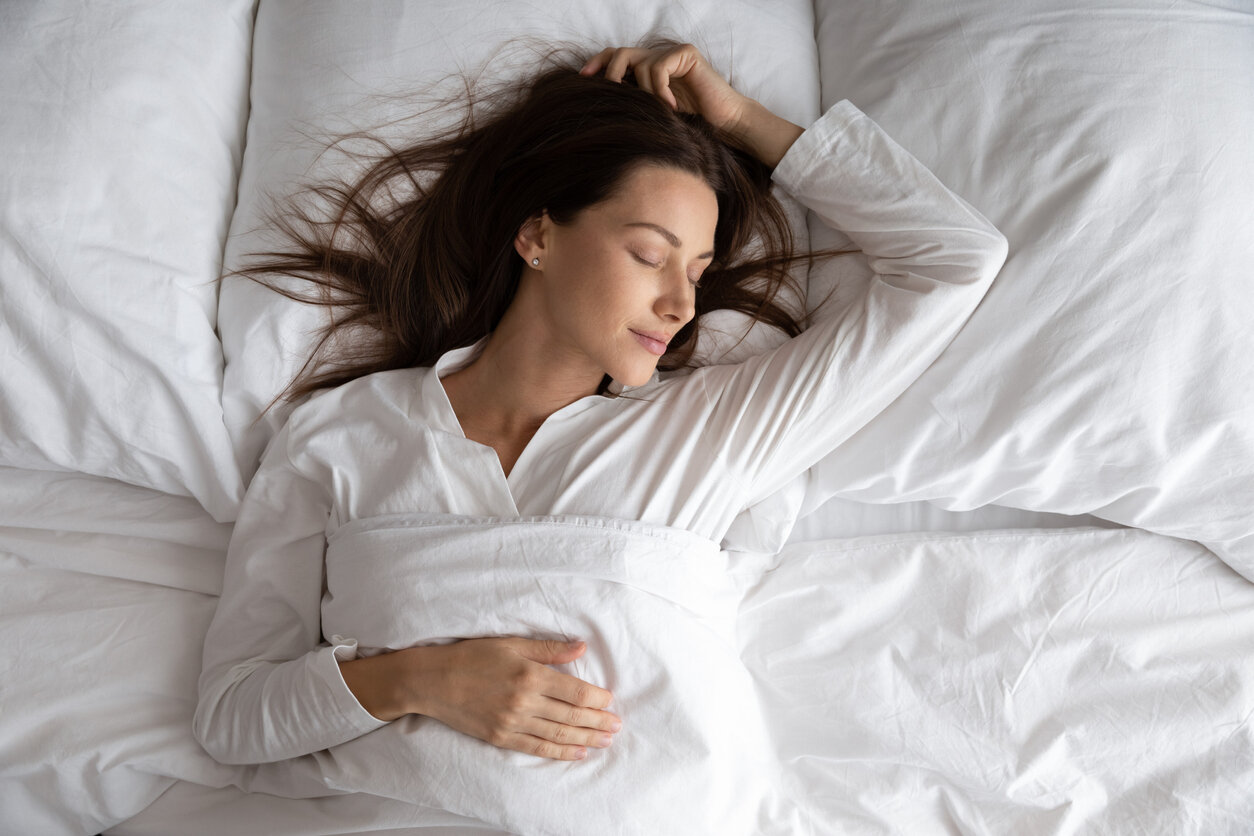
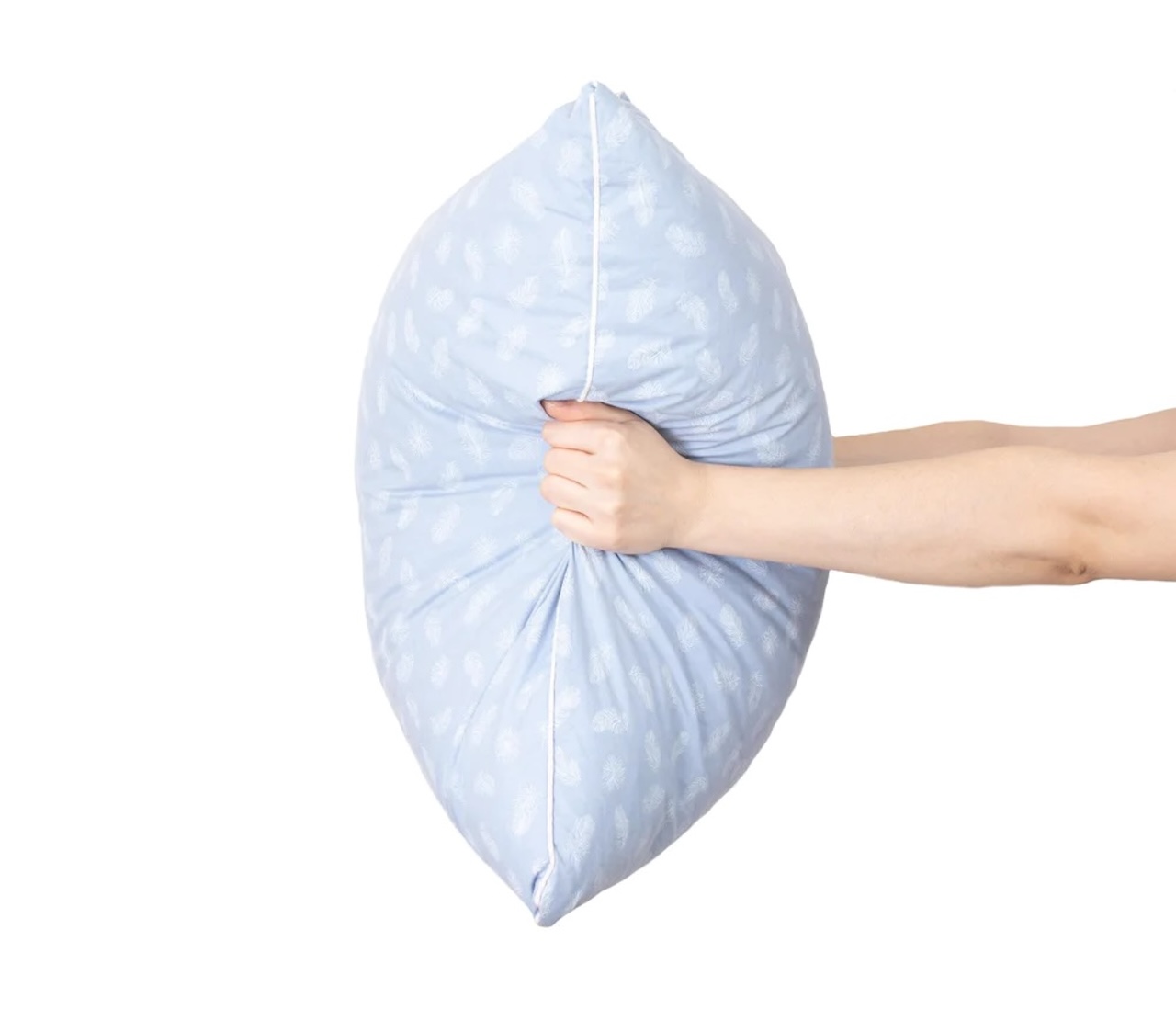
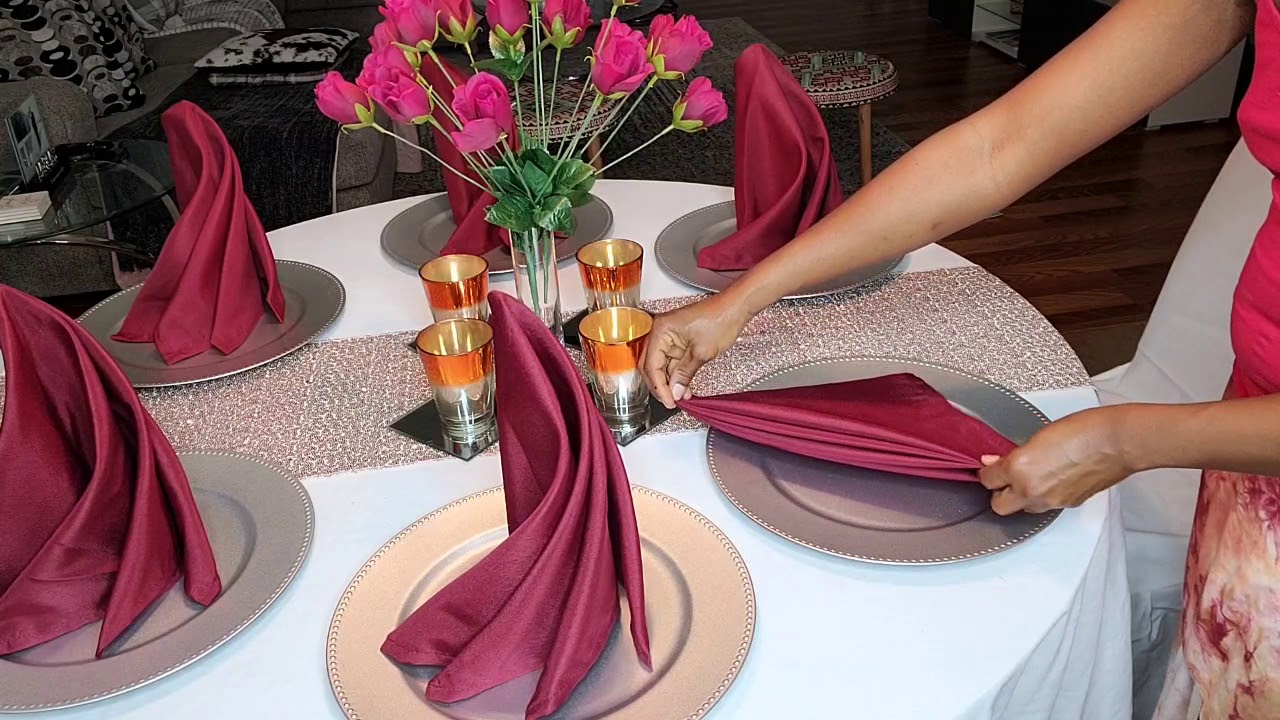
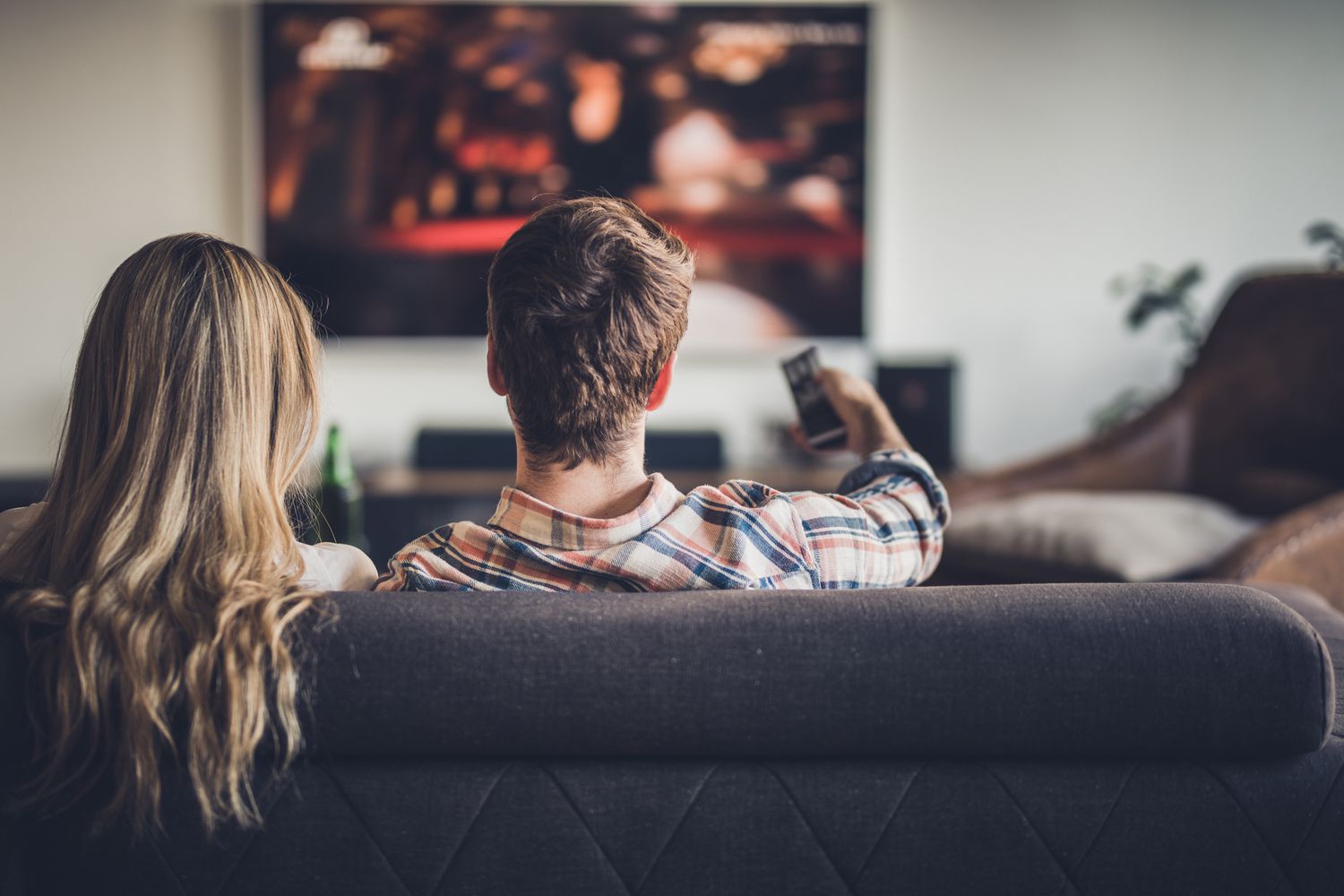

0 thoughts on “Why Do People Hug Pillows”